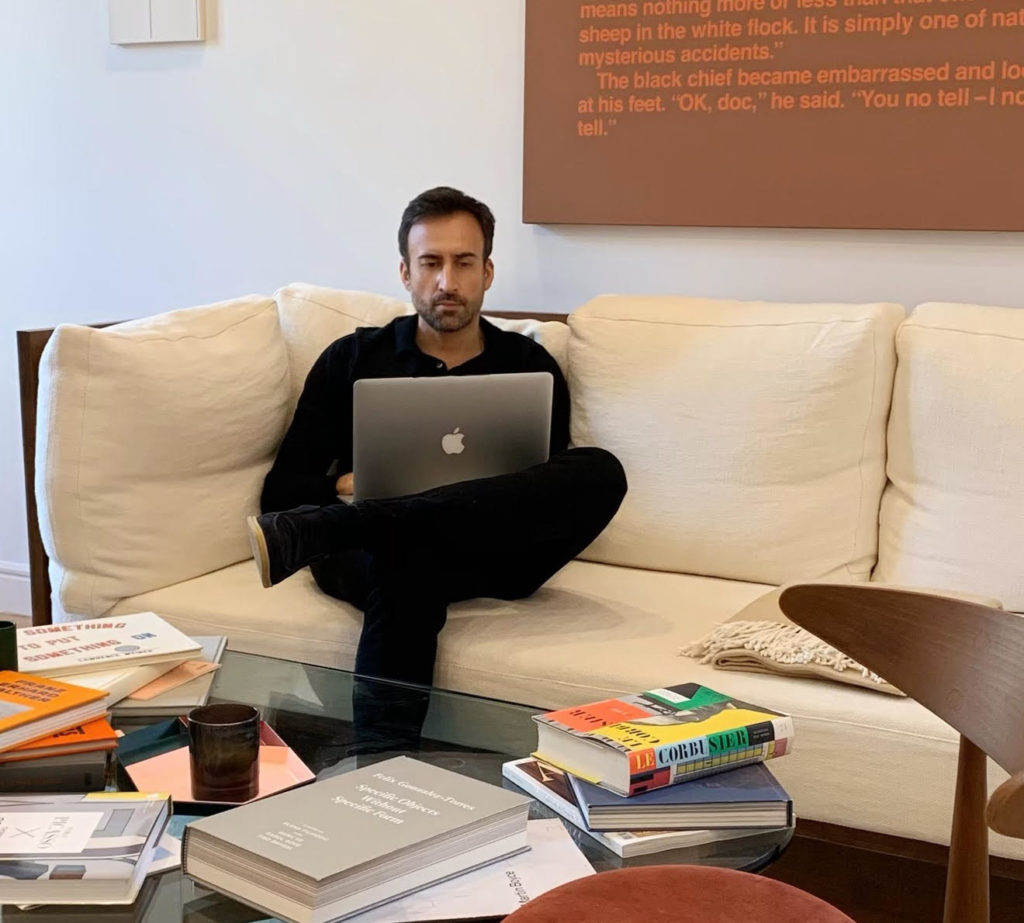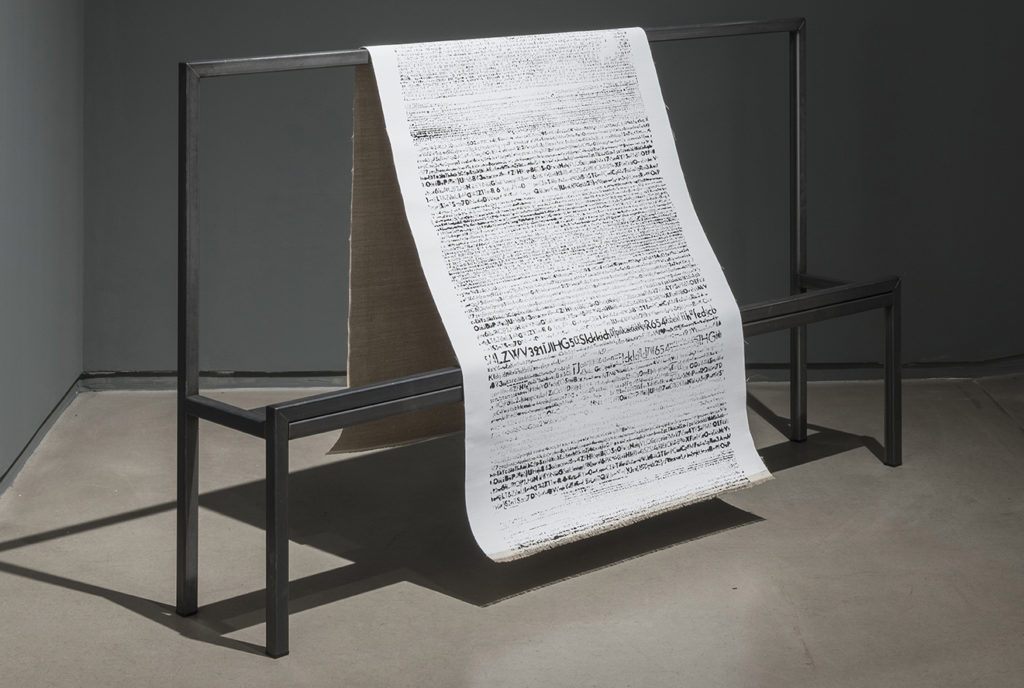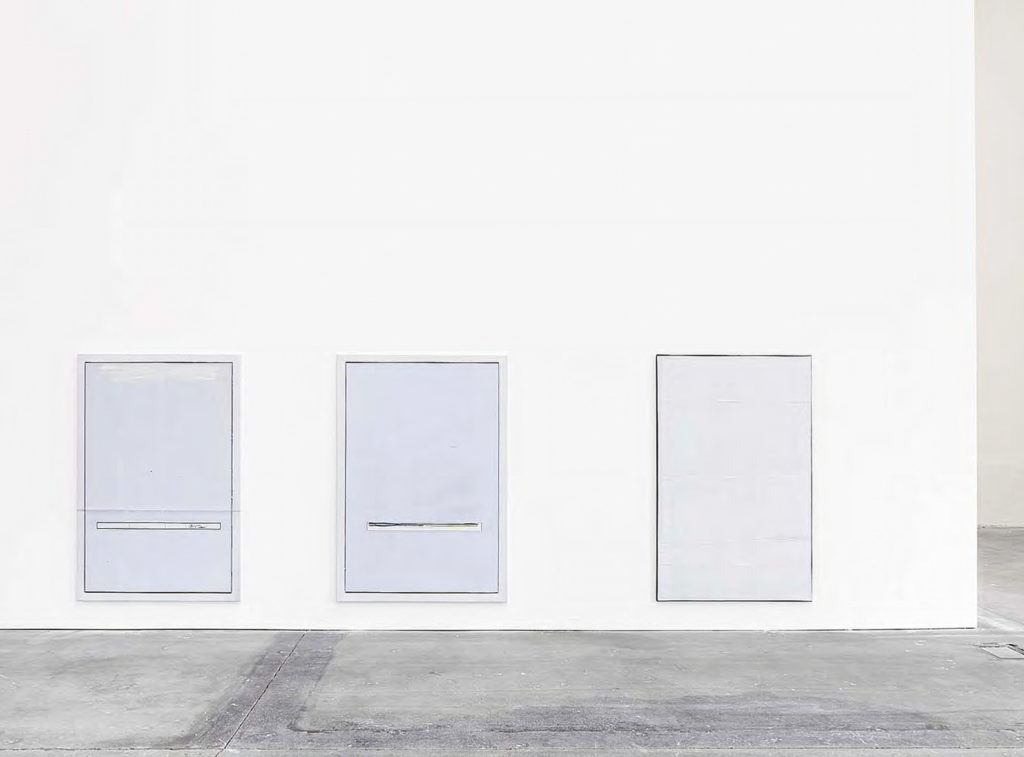‘We Have to Create New Opportunities’: Guillermo Romero Parra, One of Spain’s Leading Gallerists, on the Current Need for Cultural Leadership


Sophie Neuendorf

Within the last week, Spain has developed into the second-worst COVID-19 zone in Europe, just after hard-hit Italy, and with deaths already surpassing those in China. As we are all grappling with a new, surreal, and at times angst-filled “virtual” reality, how is the art world adjusting in a country known for its lively and gregarious people? One of Spain’s most prominent gallerists, Guillermo Romero Parra, the founder of Parra & Romero Gallery, is optimistic about the future and certain that the arts and culture that bind us will strengthen us through these tough times. He spoke with Artnet about why there is room for positive thinking.
Let’s talk about the topic that’s on everyone’s mind at the moment: how are galleries dealing with the coronavirus in Spain?
I had the chance to talk to some of my colleagues and it is obviously a moment of empathy and uncertainty. This is something we all are beginning to get used to: it is the world in which we have to live now. We can’t close our eyes and think that after this crisis no other will come. This virus is ultimately generating great instability. Such viruses are the new precise ‘designed’ wars of the 21st century.
It is important not to play the role of the art world down, then. We should pay more attention, as cultural professionals, to our influence over society. In the meantime, we have to create new opportunities and become stronger after this difficult situation. That’s what is occupying now, more than ever, my time and my mind. I am convinced that Spain will do well after this crisis.

Installation view “Rosa Barba: Turn and Wind,” 2020. Courtesy of Parra & Romero Gallery.
Do you think this is a call for all of us in the art business to slow down international travel and do much more business online? Either via sites such as Art Basel’s virtual fair or Artnet’s online Auctions?
Before this pandemic, digital strategies were something we all were paying attention to. Online business and social media were already an essential part of our professional life. We have to understand that our way of living, with a constant lack of time and with younger generations demanding immediate information and a strong presence on social media. But buying art it’s a different thing. New media are important as a channel of communication. However, in the art world, we need to create and emphasize the experience of personally seeing the exhibitions and works that our artists create. It is very difficult to educate your eye and your knowledge without having that intellectual and personal experience. We should not saturate people with digital information. We have already experienced that the fair system has been collapsing —let’s not make the same mistake now and do the same with the Internet.
We must be careful and not be alarmists. We have to use these channels to inform and provide information to the people who don’t have the opportunity to physically come to the gallery, but we cannot replace the experiential essence of our work.
Do you believe that collectors in Spain are ready for an international art world online?
They are, but Spanish collectors have always been conservative as well, sophisticated and well-informed. I hope they support our market more than an international market, as we need it more than ever.
How has Spain’s art scene developed since you opened your Madrid space in 2005?
In the last 10 years, Spain has generated an important generational change that has also gone hand in hand with a quantitative growth of new spaces, new museums, and new galleries. Madrid in particular is experiencing a moment of resurrection. Foreign galleries are opening in the city; others I know are thinking about it. At the same time, international foundations and national art museums plan their expansions. This is a reality and it will give a lot to talk about in the next coming years. Madrid will become a benchmark as a city with an interesting and diverse cultural offer. Its position as the European gate of Latin America will be also reinforced.
Several blue-chip galleries have recently opened spaces on the Balearic Islands. You saw the trend many years ago and opened a space in Ibiza. What prompted you to make such a bold move?
The idea of opening the gallery in Ibiza was born with the ambition of generating a change in the island that has a cliché related to clubbing and party tourism. This is something that I do not criticize because I have always been following the interests of my generation. However, since 1930s Ibiza has also been a bastion for intellectuals. Cultural freedom is on the island’s DNA. On the other hand, Ibiza is one of the most international meeting points, especially during summer but progressively increasing throughout the year.
Considering this context, I felt attracted by the idea of generating a project in a place with an exceptional resonance that exceeds the conventional idea of the gallery. At the same time, I try to use the gallery as a tool to help in the change of the island through art, recuperating its cultural essence. It is a lifetime project.

Installation view of works by Marieta Chirulescu at Kunsthalle Basel, Switzerland (2010).
Let’s be hopeful and suppose that the coronavirus crisis will be over by autumn. What shows have you planned?
I have planned Haroon Mirza and Marieta Chirulescu.
What artwork do you have hanging over your sofa?
I have two: a painting by Stefan Brüggemann and a text piece by Robert Barry. Two conceptual artists from different generations using text.
What artwork do you wish you had bought when you had the chance?
A Robert Ryman painting.
If you could have dinner with any 3 artists, living or dead, whom would you choose?
Joan Miró and Alexander Calder together and Marcel Brothaers.